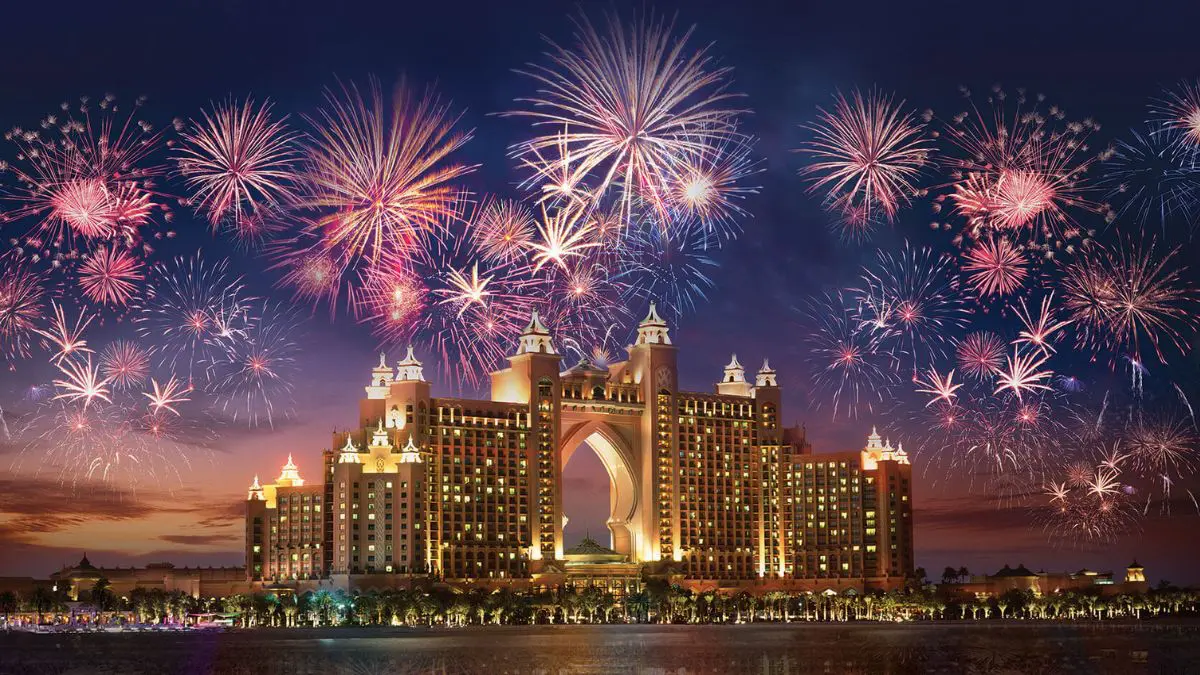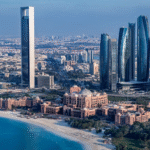Now Reading: Inside UAE’s Ambitious Mangrove Planting Mission to Save Coasts 2025
-
01
Inside UAE’s Ambitious Mangrove Planting Mission to Save Coasts 2025
Inside UAE’s Ambitious Mangrove Planting Mission to Save Coasts 2025
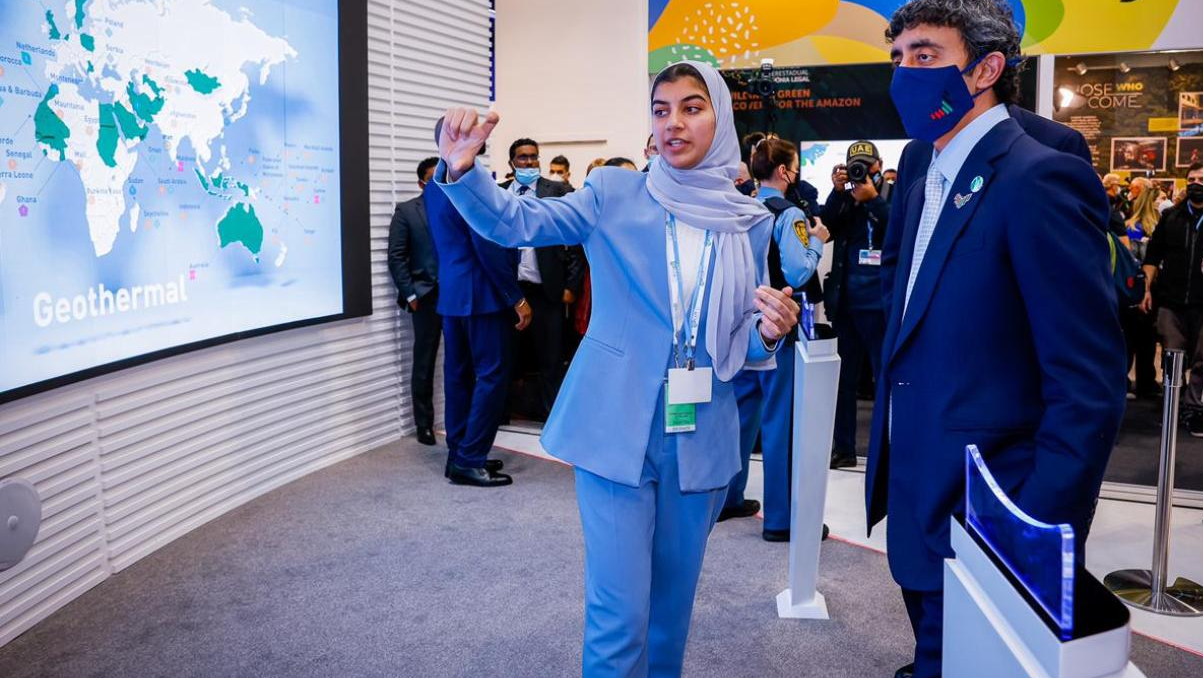
Table of Contents
The United Arab Emirates (UAE) has taken bold steps to restore and expand its mangrove forests, aiming to fight climate change, protect its coasts, and support marine life. Across the country, mangrove planting projects are gaining speed as part of the UAE’s national sustainability vision.
In recent years, these mangrove initiatives have been supported by government agencies, private companies, and community volunteers. Together, they are working to plant millions of mangrove seedlings along the nation’s coastlines. These green champions not only help absorb carbon dioxide but also shield the shorelines from rising seas and strong storms.
Why Mangroves Matter for the UAE
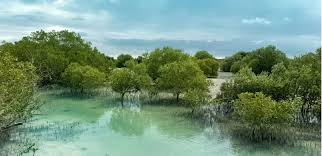
Mangroves are a type of tree that grows in salty coastal water. Their tangled roots act as a natural defense system, protecting beaches from erosion and breaking powerful waves during storms. They also provide safe homes for birds, fish, and other wildlife.
In the UAE, mangroves are especially valuable because they store huge amounts of carbon, even more than tropical rainforests. This is critical in a region where the impacts of climate change — such as higher temperatures, coastal flooding, and extreme weather — are becoming more serious every year.
The UAE is working hard to protect these “blue carbon” ecosystems. Blue carbon refers to carbon stored in coastal and marine areas, including mangroves, seagrasses, and salt marshes. By investing in mangrove planting, the UAE is investing in a healthier, more resilient future.
National and Local Projects Take Shape
One of the most ambitious projects is being led by the Environment Agency – Abu Dhabi (EAD). Their target is to plant 100 million mangroves by 2030, making it one of the largest reforestation programs in the region. So far, thousands of volunteers, schools, and local communities have joined hands to plant seedlings and monitor their growth.
Meanwhile, Dubai has launched its own mangrove planting campaigns, focusing on areas like Jebel Ali Wildlife Sanctuary and the Ras Al Khor Wildlife Sanctuary. These locations are not only vital for mangrove growth but also serve as major habitats for flamingos, herons, and other migratory birds.
Sharjah and Umm Al Quwain have also rolled out smaller but equally important mangrove projects. Local environmental groups and young eco-activists are often seen participating, raising awareness about why these trees matter and how to take care of them.
Support from Tech and Innovation
The UAE is not stopping at planting seedlings by hand. It is also investing in high-tech solutions to speed up mangrove restoration. For example, drones are now being used to drop mangrove seeds over hard-to-reach coastal areas. This technique saves time and allows more seedlings to be planted at once.
Additionally, scientists are testing new planting methods to improve mangrove survival rates. Some seedlings are grown in nurseries where they can develop stronger roots before being placed in the wild. These innovations help ensure that the planted mangroves have a better chance of surviving harsh weather and rising sea levels.
Global Inspiration and Cooperation
The UAE’s mangrove planting efforts are becoming a model for other countries facing similar climate threats. Global organizations, such as the UN Environment Programme, have praised the UAE for its leadership in restoring coastal ecosystems.
In 2023, the UAE even hosted the Mangrove Alliance for Climate summit, gathering experts and policymakers from around the world to discuss how to protect and restore mangroves. The UAE’s message was clear: healthy mangroves can protect both people and nature.
By working together internationally, the UAE believes even more coastal regions across the planet can benefit from stronger, healthier mangrove forests.
Benefits Beyond the Environment
Mangrove planting is not just about the environment; it also supports local communities. Healthy mangroves help fisheries to thrive because they act as nurseries for young fish and crabs. This benefits fishermen and provides sustainable seafood sources.
In addition, mangrove sites are becoming popular spots for eco-tourism and educational tours. Tour guides take visitors on kayaking or paddleboarding trips through mangrove channels, showing them firsthand the rich marine life and natural beauty these forests protect. This helps generate jobs while spreading awareness about conservation.
Challenges Ahead
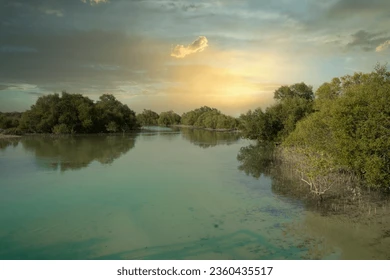
Despite these exciting projects, there are still big challenges. Pollution, rapid coastal development, and climate change threaten existing mangrove habitats. Over the past decades, some mangrove areas were lost due to construction and land reclamation.
Experts warn that without careful planning, these losses could continue. That is why environmental groups are pushing for stronger protections and tighter rules to safeguard mangrove zones from future destruction.
Luckily, public awareness in the UAE is growing. More young people are joining tree-planting events and learning how their actions can make a difference. Schools across the country now include mangrove conservation lessons in their science and geography programs.
Looking Toward a Greener Future
The UAE’s mangrove planting campaign is more than just planting trees — it is a long-term investment in protecting the country’s land, water, and climate. With continued teamwork among government, private sector, and the community, these coastal forests can thrive for generations to come.
As the world faces growing climate challenges, the UAE’s dedication to mangroves shows how a desert nation can lead the way in preserving nature and fighting global warming.
Whether through drone technology, community events, or world-class research, the UAE’s mangrove planting mission is inspiring hope. It sends a clear message that a greener, more resilient future is possible — one seedling at a time.
Read More:- Deyaar’s Latest Announcement Shakes Up the UAE Property Market



